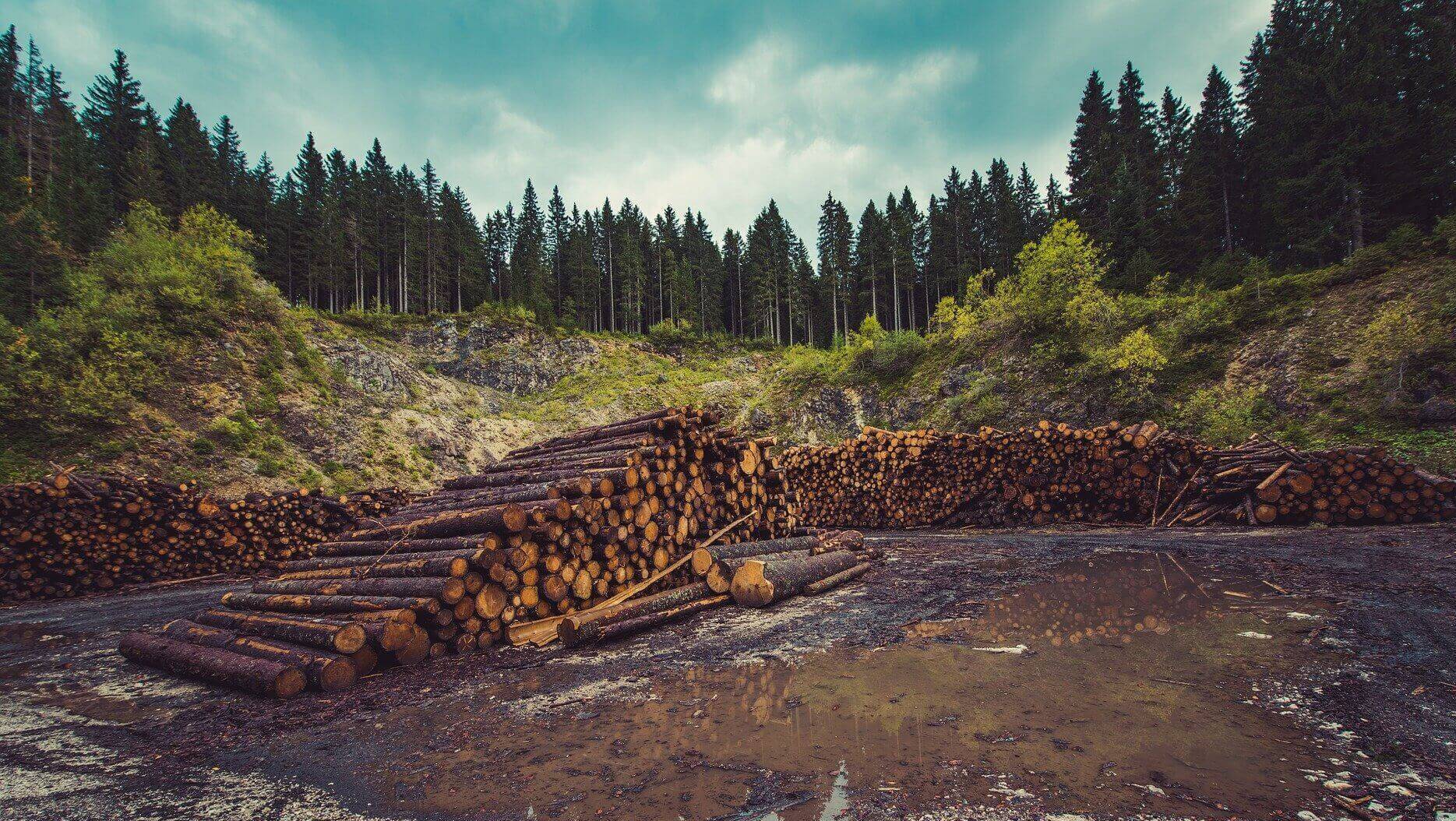The globe is covered with trees on over 25% of its surface, and nearly half is tropical. The human activities that destroy or degrade forests everywhere on earth include such things as wood for fuel, building, food, and medicine, and even more so for paper making.
It has wide-ranging effects, including the loss of biodiversity, human populations from forested areas, lack of continuity in the water and atmospheric cycles, and therefore the risk of worldwide warming, as well as decreased air purification, oxygen enrichment, and CO2 extraction from the atmosphere.
There is no doubt that deforestation is one of the gravest ecological crises facing our planet, which is the reason that it needs to be addressed.
Globally, deforestation is mostly caused by the production of paper. Tree roots filter water and reduce air pollutants from the air, regulating the climate, preventing soil erosion, and reducing dust particles in the air.
Despite country boundaries or the dimensions of your income, they provide these vital services equally for everyone. Their part is done, now we have to do ours! How should we proceed?
Shift to hemp-based paper!
Factors that lead to Deforestation!
Agriculture
Shift cultivators are alleged to clear quite 5 lakh ha of forests annually for shifting agriculture practiced by 300 million people. Most of the clearing of trees in India occurs in northeastern states, but it is not as prevalent in central and southern states, which together contribute to about half of the clearing each year.
Mining
Besides causing erosion, sinkholes, and loss of biodiversity, mining can also cause soil, surface, and groundwater contamination from chemical reactions. Forests are sometimes cut further inside mine zones to provide additional space to store the debris and soil created during mining.
Population
With the rapid growth of populations, the world’s landscapes are also changing. In addition to creating new land for agriculture, we are also creating permanent settlements and agricultural land.
Urbanization and Industrialization
For Industrialization and Urbanization to grow, forestland is cut in great numbers, so Industrialization and Urbanization are both on the market. Ecological imbalance is caused by this practice.
Forest fires
Whether natural or caused by humans, they will cause great damage to forests.
Overgrazing
Overgrazing is also thought to contribute to the spread of certain non-native plant and weed species.
The Consequences of Deforestation!
Forest land can also be deforested when converted into agricultural land for production. A weakened watershed can do more harm than good for the retention and regulation of water flows from rivers to streams. Watersheds can be kept manageable by allowing trees to absorb significant amounts of water. As well as providing erosion protection, the forest also provides shade.
Water that is too much can lead to downstream flooding, some of which have caused devastating consequences across the planet. Floating waters erode the fertile soil in the lower regions. Flooding causes sedimentation on many coral reefs and fisheries along the coasts.
Consequently, many businesses are forced to close and wildlife is killed, resulting in negative economic effects. It is usually more valuable to leave a forest in place than it may be to harvest it.
A Hemp-based Paper!
Papers made from trees, which are normally obtained by cutting down trees, may pose a threat to hemp paper. Trees that are decades old are harvested, with harmful chemicals being used and millions of gallons of water being wasted to make paper. The paper produced from hemp is durable, sustainable, and renewable.
Hemp was the original material for making paper on Earth. Its higher cellulose content makes hemp an excellent paper material. It has long been used to produce white hemp paper.
Around the turn of the century, hemp was banned in almost every nation on the planet. Hemp cultivation became legal in the United States in 2018, and now hemp cultivation is being legalized across the planet.
It is said that hemp papers were the world’s first paper, so they carry a lot of history and interesting facts associated with them. Hemp stalks, which make great papers, are used to make this paper.
Currently, hemp is only being used to make natural handmade papers. The process of converting hemp into paper does not require trees to be cut down, hazardous chemicals aren’t used, and much water is saved as well.
The technology to produce industrial hemp papers in large quantities is being developed. Across the globe, hemp agriculture is gaining in popularity. Uttarakhand in the Himalayas is becoming a very popular spot for industrial hemp farming.
There are many reasons why we require paper, but it also costs many trees to provide paper, causing a direct environmental impact. A more sustainable, efficient method of making paper could help conserve many trees and reduce our environmental impact.




Recent Comments